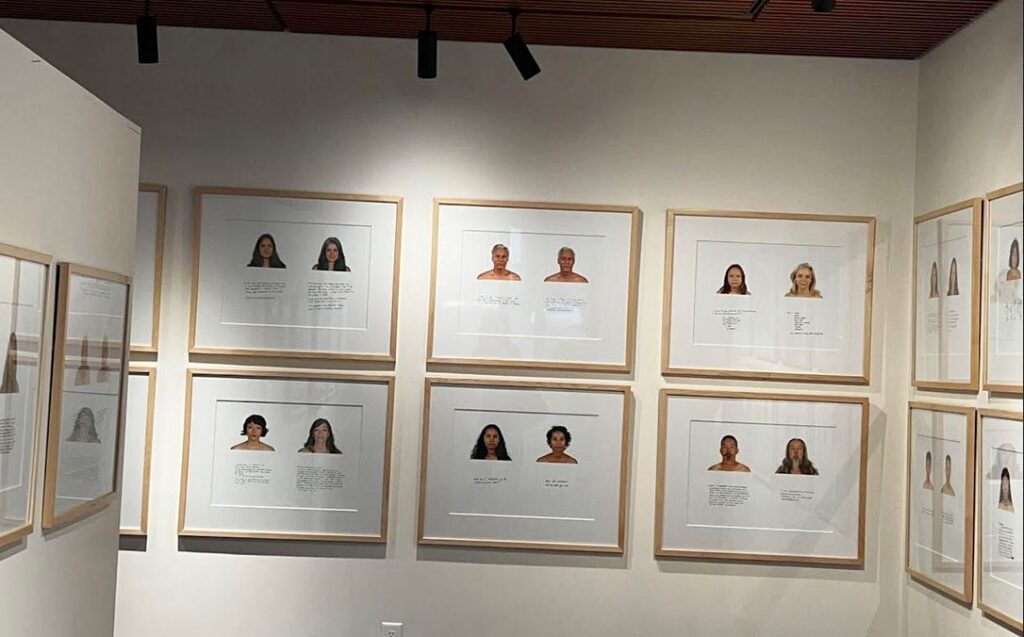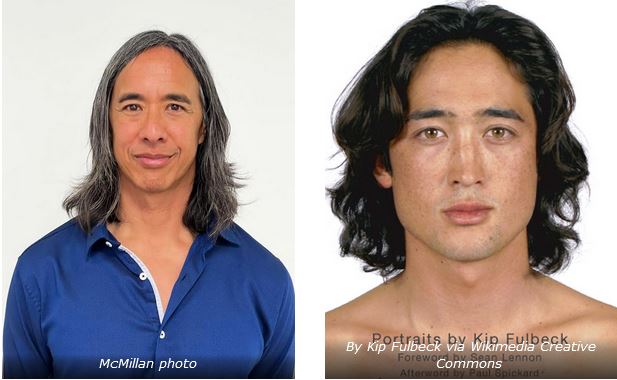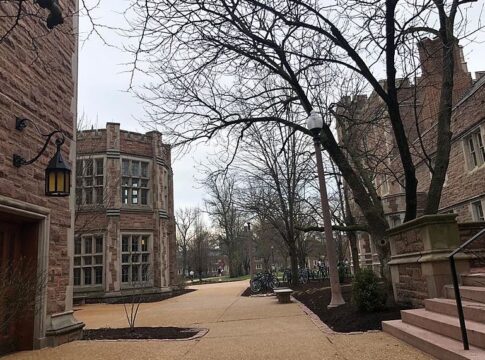By Raymond Douglas Chong
The landmark project about the experience of hapas in America has been updated 15 years later in a new exhibition in Portland, OR.
Professor Kip Fulbeck is exhibiting his hapa.me – 15 years of the hapa project at the Japanese American Museum of Oregon.
Through portraits of hapa subjects, Fulbeck asks “What are you?”
Artist Talk
In the neighborhood of Old Town Chinatown, Fulbeck passionately described his hapa journey during a recent Artist Talk. He is a hapa with Chinese roots. A baby boomer born in 1965, he grew up in Los Angeles, searching for his hapa identity in America. Fulbeck roamed around Chinatown during weekends. He talked about Yellowface, Hollywood’s whitewashing and stereotyping of Asians.
LATEST STORIES
Fulbeck defines hapa as a person who is partially of Asian or Pacific Islander descent.
In 2001, Fulbeck created the pioneer The Hapa Project to photograph the hapa experiences in America. Its goals promote the awareness and recognition of hapas in the United States. He wants to dispel myths about exoticism, hybrid superiority, and racial homogeneity. He also wants to uplift the hapa identity in America’s multiracial society.
Fulbeck published Part Asian, 100% Hapa, his first photographic book in 2006. He followed that up with his Part Asian, 100% hapa museum exhibition that explicitly explored hapa identity in 2006.
In 2018, Fulbeck published hapa.me – 15 years of the hapa project. Velina Hasu Houston, Cindy Nakashima, Keao Nesmith, and Paul Spickard wrote essays for the book. It is available at the Japanese American National Museum.

“Today, I was able to meet and thank the artist who showed me in print (Part Asian, 100% Hapa). The hapa project gave me and my cousins’ pride, excitement, and joy,” Sarah Gibney, a Japanese hapa tearfully remarked after the Artist Talk.
“I find Kip inspirational because he talks about the hapa issue in a way that I had never heard before,” Dr. Darby Li Po Price, a Chinese hapa, noted. “I have been his fan since I first heard him speak in San Francisco in 1991. I like how he connects his experiences with observations about society and media. We are mistaken for Lilo (a lonely Hawaiian girl character in a Hollywood film). Kip is funny, challenging the stereotype of mixed race as tragic.”
I could not help but become choked up. This community has committed themselves to paving the way for understanding and belonging – not only for ourselves but also for our children. It was a moment of celebration and joy to be recognized. And that is ultimately what this exhibit is about – to finally be seen.
– Farzana Nayani, author of Raising Multiracial Children
Interview with Professor Kip Fulbeck
Raymond Douglas Chong recently interviewed Fulbeck in Portland.
Question. What is your most poignant memory of growing up as a hapa in Los Angeles?
Fulbeck. It is not knowing others like me.
Question. What was your catalyst for the hapa project?
Fulbeck. Creating the book (Part Asian, 100% Hapa), I wish I had as a kid growing up.
Question. Who and why is your most intriguing hapa subject?
Fulbeck. If I had to pick one of the thousands, I would mostly remember people who emotionally connect with the work. The people today approached me in tears. That was touching and the most rewarding gift I could ask for as an artist.
Question. What is the critical lesson from the hapa project you want to share with us?
Fulbeck. Everyone has a story to tell.
Question. How should a hapa accept their true identity in the USA?
Fulbeck. Identity is a complex and individual journey. I could never tell someone how to identify.

Question. How has the hapa project affected the trajectory of your life?
Fulbeck. It made me realize I could do work that was both personal and vital to me and that this work would resonate with others.
Question. Do you value your Chinese roots?
Fulbeck. I am very proud of my Chinese heritage and culture.
Question. As a hapa, how do you view Asian hatred in America?
Fulbeck. A big question. I can dodge it so much when directed at me and at other times. So much Asian hatred is misinformed and encouraged by politicians. They boost their voting base by accentuating a common “other” enemy.

Exhibition
Hapa.me: 15 years of the hapa project, Fulbeck’s new exhibition is on view through August 13, 2023, at JAMO. The installation pairs photographs from Fulbeck’s groundbreaking 2006 exhibition part Asian, 100% hapa—with new portraits of the same individuals. The photographs accompany each subject’s handwritten responses to the typically posed question, “What are you?”
Fulbeck curated the traveling exhibition of hapa.me. The Japanese American National Museum in Los Angeles organized it.
AsAmNews is published by the non-profit, Asian American Media Inc. Follow us on Facebook, X, Instagram, TikTok and YouTube. Please consider making a tax-deductible donation to support our efforts to produce diverse content about the AAPI communities. We are supported in part by funding provided by the State of California, administered by the California State Library in partnership with the California Department of Social Services and the California Commission on Asian and Pacific Islander American Affairs as part of the Stop the Hate program. To report a hate incident or hate crime and get support, go to CA vs Hate.









Thank you Kip, will always be grateful for the work you did/do.
Thank you for this book, which I’ve loved for many years, especially for the sense of identity it helped give to our children.